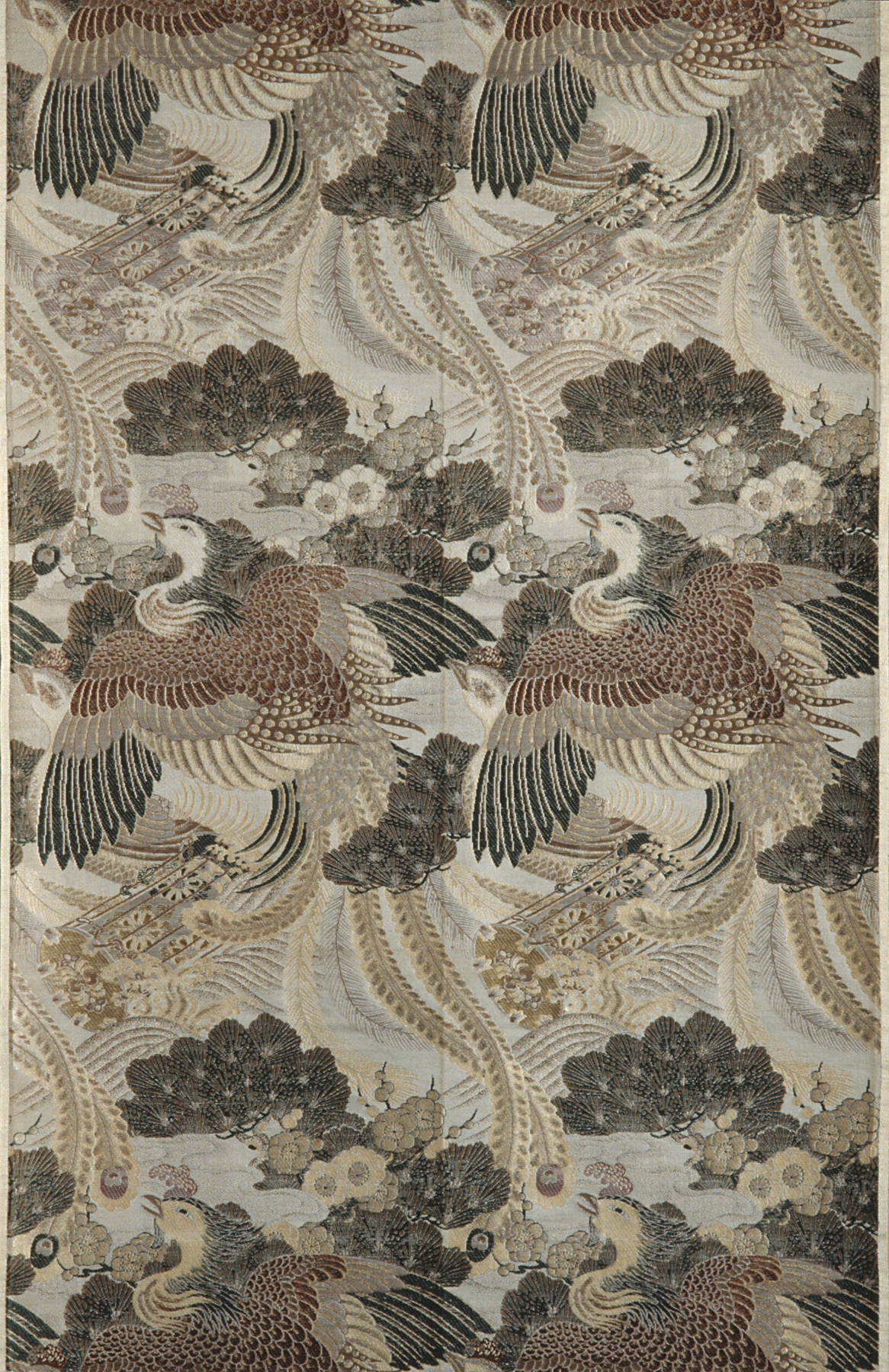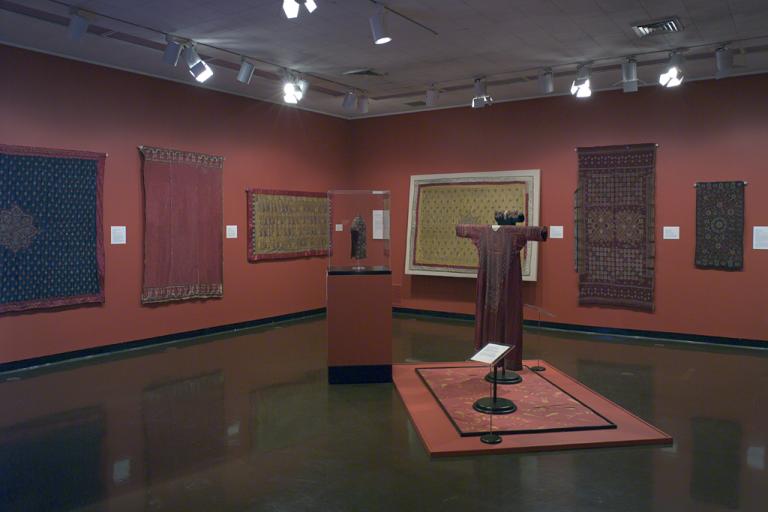wedding obi, unknown maker from Japan
Artwork Overview
wedding obi
, Meiji period (1868–1912)
Where object was made: Japan
Material/technique: silver thread; jacquard; silk
Credit line: Source unknown
Accession number: 0000.1107
Not on display
If you wish to reproduce this image, please submit an image request


